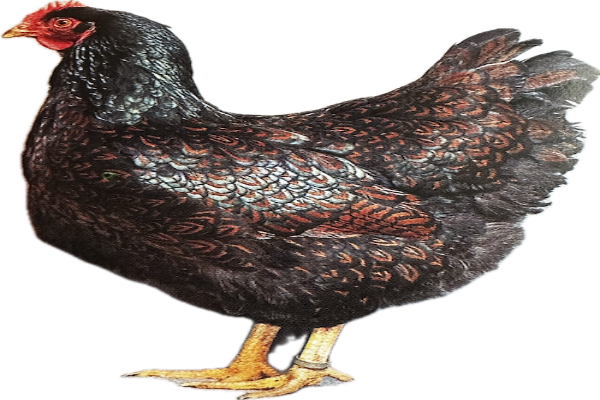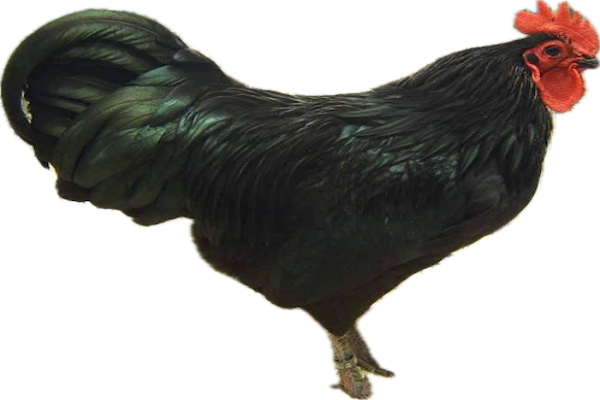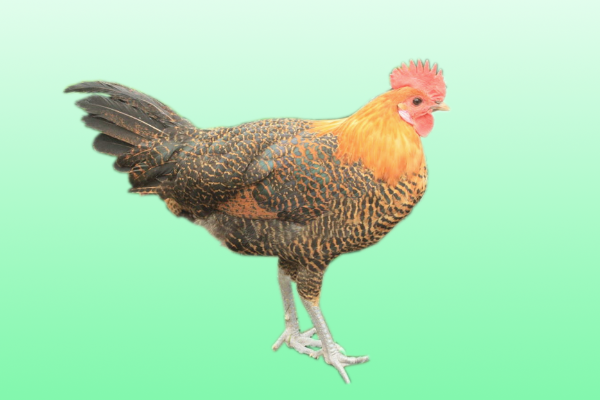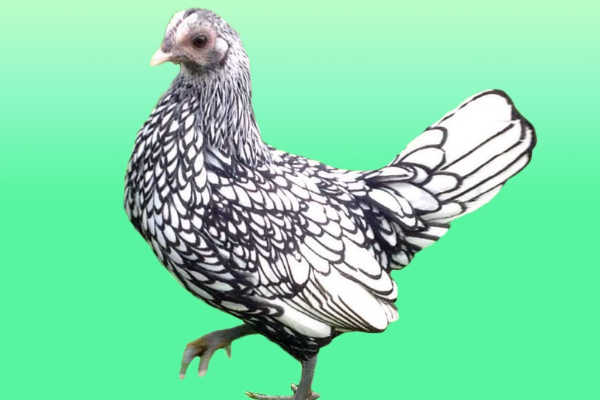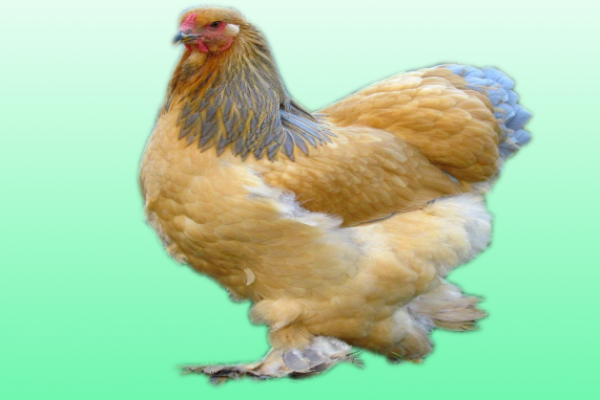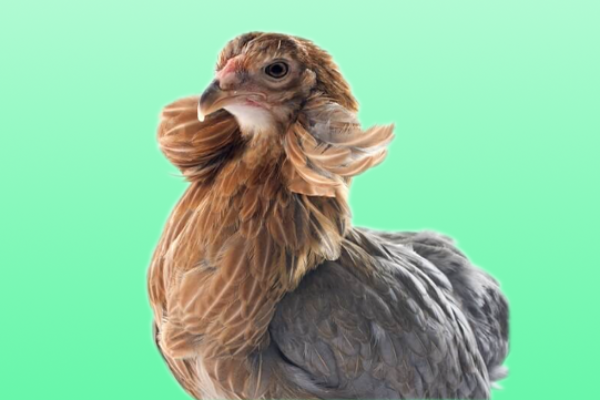Mineral Deficiencies
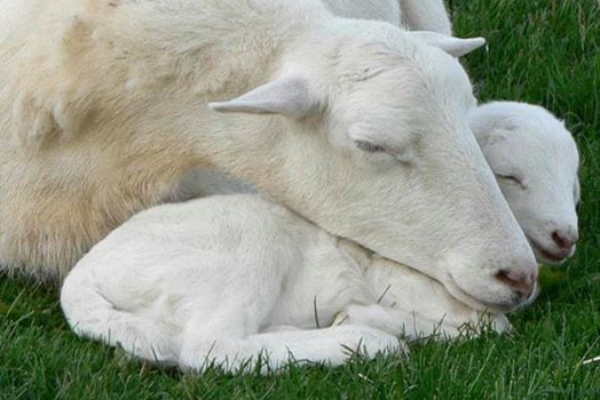
Minerals are required in a sheep’s diet in different quantities. Trace elements are needed in very small quantities but are essential for the maintenance of health. Others, such as calcium and phosphorus, are required in larger quantities.
IMPLICATIONS:
A lack or over-supply of any one mineral or vitamin can cause a variety of problems.
EARLY SIGNS AND IDENTIFICATION:
Calcium – Hypocalcaemia, or a lack of calcium in the blood, occurs in late pregnancy and is usually brought on by physical or nutritional stress. In the earliest stages, ewes may be very excitable and anxious, but as the condition progresses, muscle weakness causes ewes to go down and become progressively comatose. Avoid stressing ewes in late pregnancy. Ewes with hypocalcaemia show a response to subcutaneous injection of calcium solution.
Cobalt – In certain areas of the country and on some pastures, cobalt is deficient. Symptoms of deficiency are common and particularly seen in lambs around and after weaning. They may be weak, with a poor fleece and very poor growth rates.
Cobalt deficiency will also affect ewe fertility. If cobalt deficiency is suspected in lambs, blood samples are required to confirm the cobalt status. Where there is recognised deficiency, lambs will require routine cobalt supplementation from mid-summer. This may be in concentrate feed, in rumen boluses or in a long-acting injection form. Liquid drenches can also be given, but these need to be repeated every few weeks to maintain levels.
Copper – Sheep may suffer copper deficiency because the level in soil is inadequate, or because other minerals are binding to copper and preventing its absorption. The most important effect of copper deficiency is swayback in young lambs, causing a lack of coordination and a tendency to sway on their back legs.
The condition can be congenital or delayed and some lambs are so badly affected that they are unable to stand.
Pastures can be monitored for copper status and for the presence of other trace elements (such as molybdenum) that may interfere with or enhance copper availability. On the other hand, excess copper is poisonous to sheep. They store copper in the liver with varying efficiency, depending on genetics.
Chronic copper toxicity is most likely to occur in sheep fed concentrate feed over a prolonged period. Acute poisoning can be due to accidental overdose, so care must be taken when drenching for deficiencies or if the sheep have access to another source of copper (eg in orchards or land treated with pig slurry).
Iodine – Levels are low in some areas of the UK and are particularly affected by grazing certain forage or root crops. Low iodine levels can adversely affect ewe fertility and lamb viability. Care must be taken with supplementation as oversupply has been shown to affect the absorption of immunoglobulins from colostrum.
Magnesium – Hypomagnesaemia or lactation tetany usually occurs in ewes within four to six weeks after lambing. Affected ewes show trembling and are often either unable to walk or walk in an uncoordinated manner. If stressed, they will rapidly become recumbent, with rigid extension of the legs and tetanic spasms.
Death can often be very rapid. Ewes have no capacity to store magnesium and therefore require a constant dietary supply to meet their needs. Ewes under stress, nursing multiple lambs and grazing lush spring grass are at most risk of hypomagnesaemia. Magnesium levels are low in rapidly growing spring grass. The use of magnesium boluses or supplementary forage to increase salivation may reduce the risks of disease in flocks with known problems.
Potassium can interfere with magnesium uptake, so care must be taken when applying early-season fertiliser to pastures. Vitamin E And Selenium In many areas of the UK, soil is deficient in selenium and levels of both selenium and vitamin E are low in roots or poorly conserved grain and forages. Low selenium levels will affect growth rates, immunity and ewe fertility.
White muscle disease (stiff lamb disease) affects lambs up to six months old when fed on a low vitamin E and selenium diet. Lambs may be born weak and die, or they may develop signs of generalised weakness and stiffness. Selenium deficiency may also affect ewe fertility by causing high embryonic mortality at the time of embryo implantation. Where deficiency is identified, supplementation can take the form of drenches, boluses or injectable selenium. When flock selenium status is marginal, it may be appropriate to carry out trial supplementation to determine if benefits to production can be achieved.
Discuss with your vet an approach to assessing the trace element status of your farm. It is particularly important to ensure that any supplementation is appropriate and targeted to the needs of your individual flock. Status can often be determined through the analysis of blood samples, although in some cases (eg copper status) it may be more useful to consider liver samples taken at the abattoir or from fallen stock.
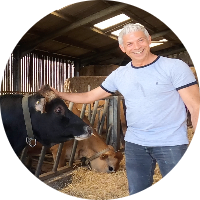
Written by
H Cetin KATIRCI
Online ShepherdBreedsMore
IllnessesMore
Forage cropsMore
![]() Патологическая физиология голодания Arina TARAN
Патологическая физиология голодания Arina TARAN![]() Дефицит фосфора (гипофосфатемия) Hipofosfatemi Arina TARAN
Дефицит фосфора (гипофосфатемия) Hipofosfatemi Arina TARAN![]() Какие бывают кормораздатчики для ферм КРС? Irina Makarova
Какие бывают кормораздатчики для ферм КРС? Irina Makarova![]() Кормушки для овец Diana Myakisheva
Кормушки для овец Diana Myakisheva![]() Питание домашних коз: что едят, виды корма и правила кормления Alina Arslantürk
Питание домашних коз: что едят, виды корма и правила кормления Alina Arslantürk![]() Важность минералов питании сельскохозяйственных животных Irina Makarova
Важность минералов питании сельскохозяйственных животных Irina Makarova

